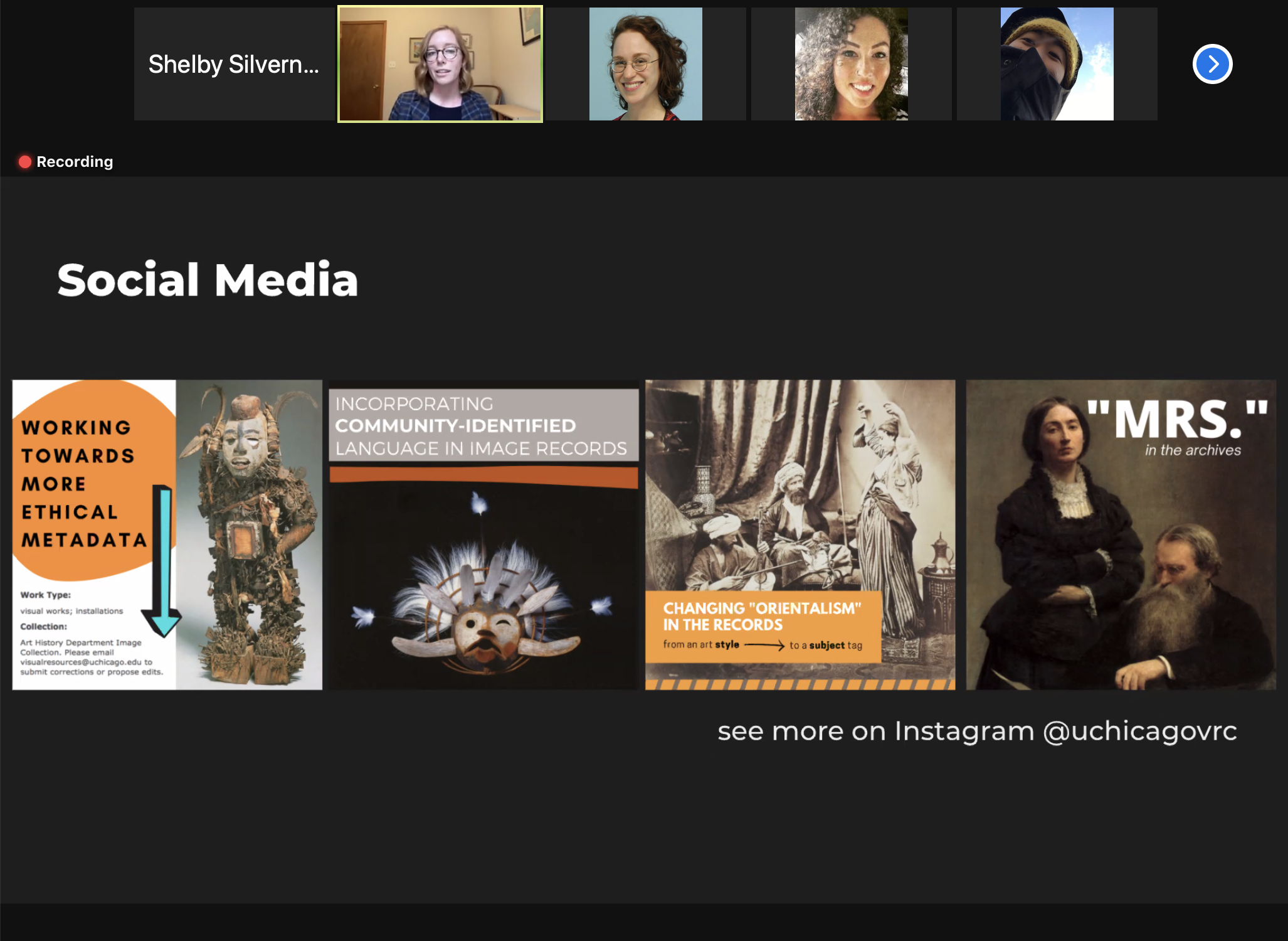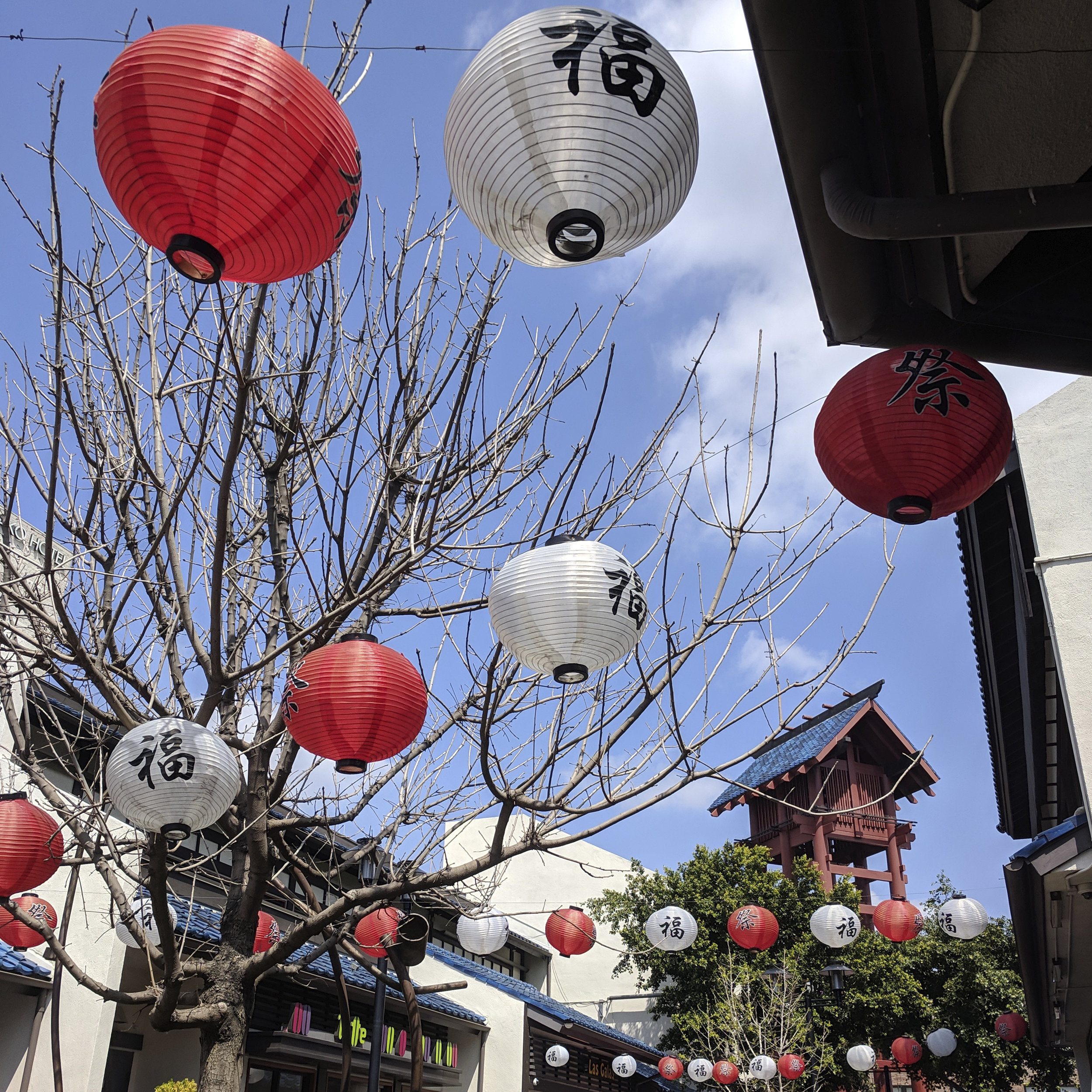In January, I was able to attend the rescheduled workshop ‘Beyond Licenses: Integrating Creative Commons, RightsStatements.org, and Traditional Knowledge into Permissions,’ which was organized by the Visual Resources Association Foundation. My new role as digital asset specialist at Cultivate Learning involves managing a variety of rights and usage considerations, and this workshop was a helpful resource for refreshing some existing knowledge I had and learning more. The workshop description:
“Today’s visual resource professionals must understand that copyright is just one element of intellectual property rights and a multitude of “other” considerations that may need to be reviewed when undertaking licenses for reproductions of collection objects. This workshop will provide a baseline review of applicable intellectual property rights, including U.S. copyright law and the fair use limitation on exclusive rights, before delving into a deeper understanding for the potential integration of Creative Commons licenses, RightsStatements.org, and Traditional Knowledge labels with collection objects to expand existing permissions practices at galleries, libraries, archives, and museums (GLAMs). Participants will be introduced to a variety of resources and examples to help guide them and their constituents in making appropriate decisions as they navigate evolving permissions practices, including Open Access initiatives, at GLAM institutions.”
Screenshot of a slide from the workshop, which provides the scope of what the right to privacy covers.
The workshop was presented from the perspective of visual resources professionals in the United States, though some differences were touched upon in regards to other countries’ rules and regulations. The instructor Anne Young went over in detail all the legal aspects of use we must consider: copyright, underlying rights, trademarks, patents, right to privacy, right to publicity, contractual restrictions, and licensing agreements. These issues are complicated on their own, especially when it comes to often murky copyright status with cultural heritage materials. Since Cultivate Learning works with a number of different organizations and grant bodies, copyright is an area I need to dig in more. I also need to spend some time with waivers and potential contractual restrictions, given that the majority of my organization’s assets depict or record individuals, and often minors. There is protocol and policy in place to handle this from the asset creation side of our workflow, and I want to ensure that the same thought and consideration is applied in the ongoing use and reuse of these assets.
Screenshot of a slide from the workshop, which provides a definition of traditional knowledge labels.
I was particularly interested in the section of the workshop that dealt with some other considerations around use - namely those moral or ethical considerations like sensitive materials and traditional knowledge. In library school, some of my professors spent time discussing how our education and the institutions we’d work in privilege western notions of knowledge and ownership, and how these approaches exclude and fail Indigenous communities. This same issue surfaced in the workshop. As one small part of decolonizing our work, it’s clear that we need to take into account and apply traditional knowledge concepts. This includes collaborating with representatives from Indigenous communities in order to assign traditional knowledge (TK) labels where appropriate. Of course, this doesn’t make up for situations where institutions have acquired Indigenous materials without these communities’ consent, and as we learned in the workshop, these labels should only be assigned by representatives from these communities. But in cases like the one at Cultivate Learning - where our organization is providing shared access and use of a digital asset management system for a tribal community college’s photographs - the application of traditional knowledge labels makes sense. We also learned about cultural institution (CI) labels and how institutions may apply these as a way of inviting collaboration around description and TK labels with different communities.
Screenshot of a slide from the workshop, which provides a definition of cultural institution labels.
I’ve had a few opportunities to learn some basics around copyright while working in the field of archives and asset management, and this workshop was a fantastic chance to further distill and clarify this complex information. Especially since I’m in a new professional environment, it was helpful to review these considerations in this context.













